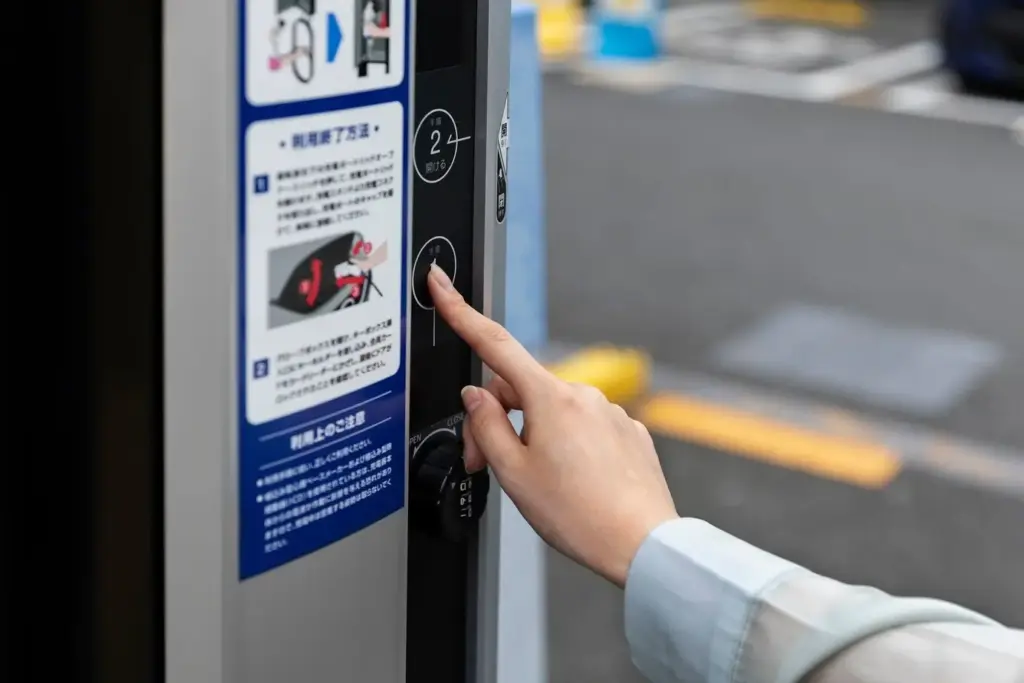Powering Up Without Powering Out
Time-of-Use Meets Real-Time Alerts
Managed Charging Agreements That Pay Back
Protecting Driver Experience While Shifting Load
Hardware, Software, and Site Design

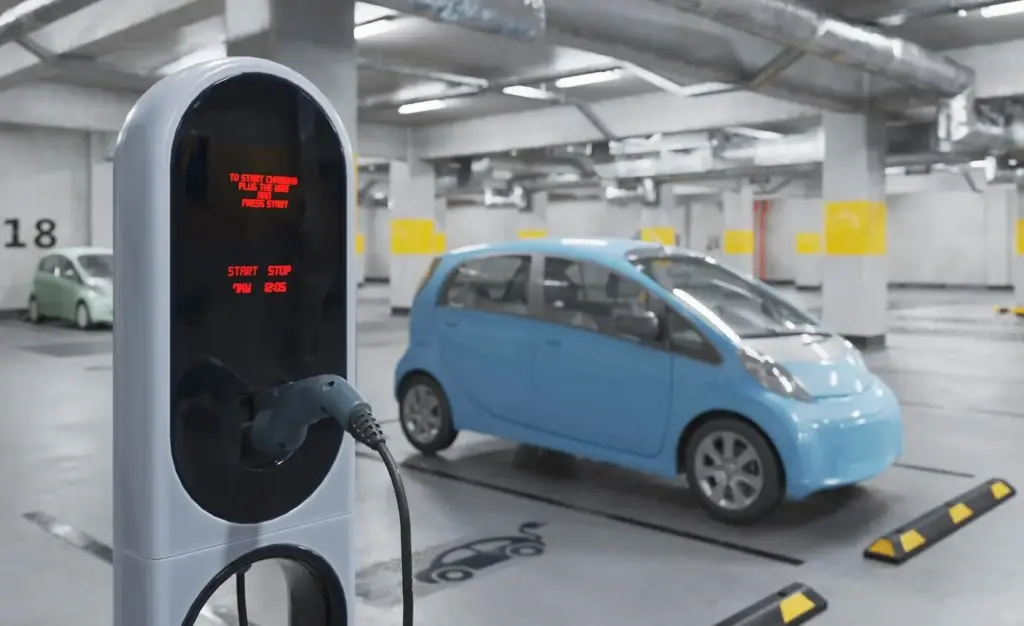

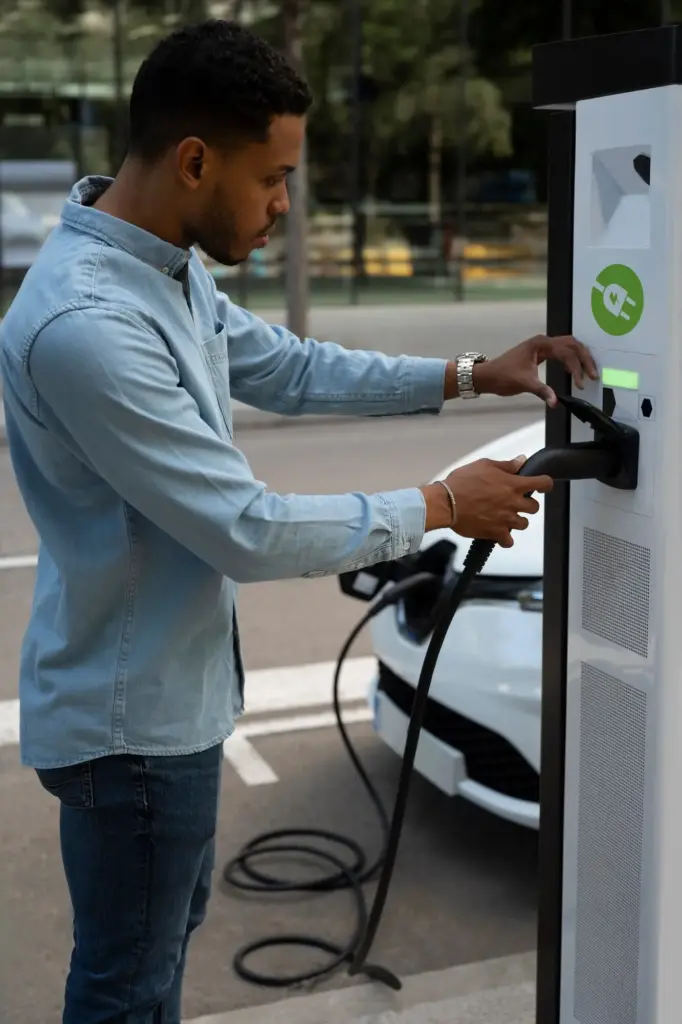


Data, Forecasts, and Control

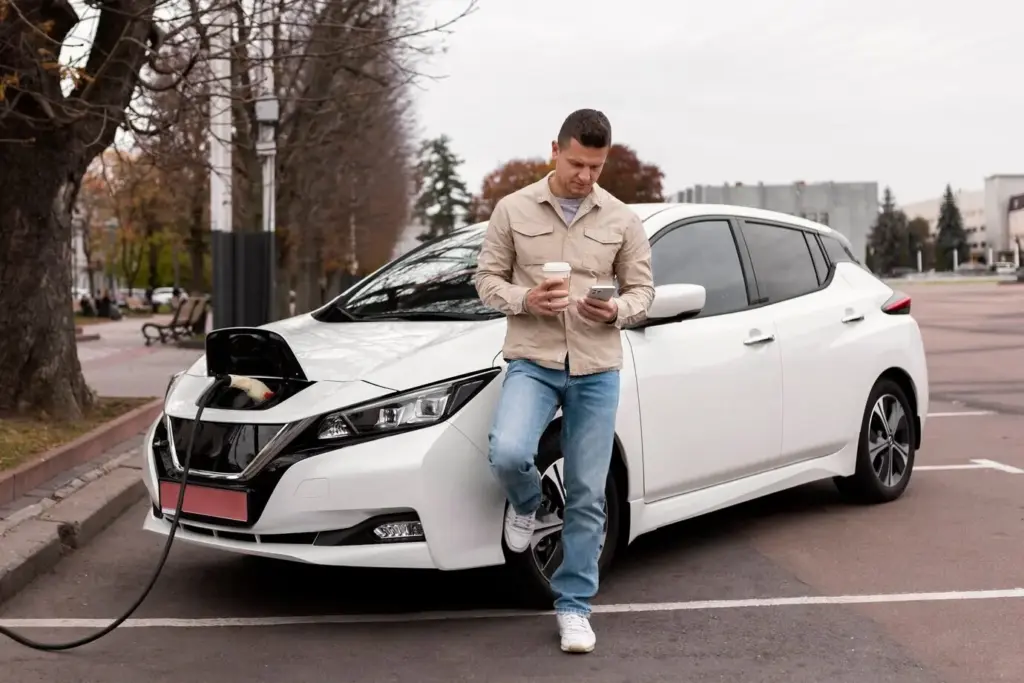


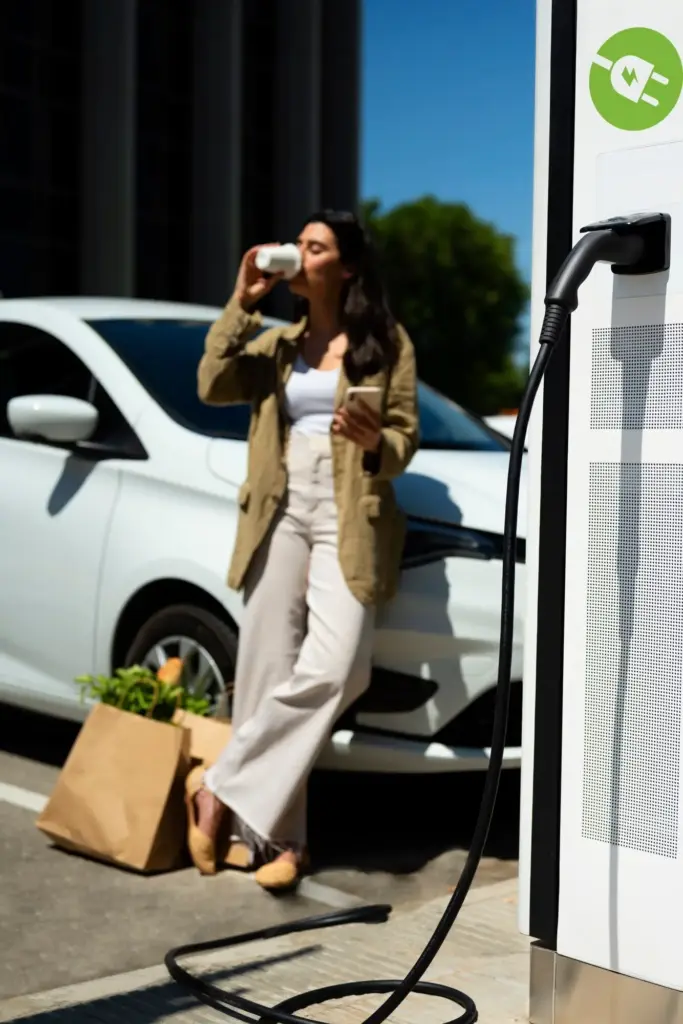
Markets, Policy, and Incentives
Resilience, Reliability, and Safety
Designing for Outages and Emergencies
Segment critical chargers, define black-start paths, and practice islanding drills with the utility. Label disconnects clearly and document emergency contacts. Storage and backup generation, where appropriate, sustain minimal operations and public safety needs. After events, structured root-cause reviews guide improvements. Planning is empathy expressed through engineering: recognizing that people depend on these electrons, and building systems that serve predictably even when the weather, the market, or the calendar does not cooperate.
Uptime That Riders and Drivers Notice
Availability starts with monitoring that predicts failures and ends with response teams empowered to act. Spare cables, tested firmware, and clear error classifications shorten repair cycles. Status data must flow to apps and maps quickly, avoiding wasted trips. When occasional curtailments occur, transparent notes explain why and when normal service returns. Reliability is experienced as confidence: the quiet certainty that a promised kilowatt-hour will arrive on time, every time, without drama.
Protecting People and Equipment Every Minute
Thermal limits, fault detection, and ground monitoring protect hardware, but safety culture protects lives. Train staff routinely, rehearse lockout-tagout, and prioritize housekeeping to reduce hazards. Clear pedestrian paths, lighting, and signage matter as much as electrical clearances. Share incident learnings broadly to prevent repeats. Safety is not an audit checkbox; it is daily practice, visible in tidy panels, calm procedures, and leaders who celebrate near-miss reporting as a badge of professional pride.
